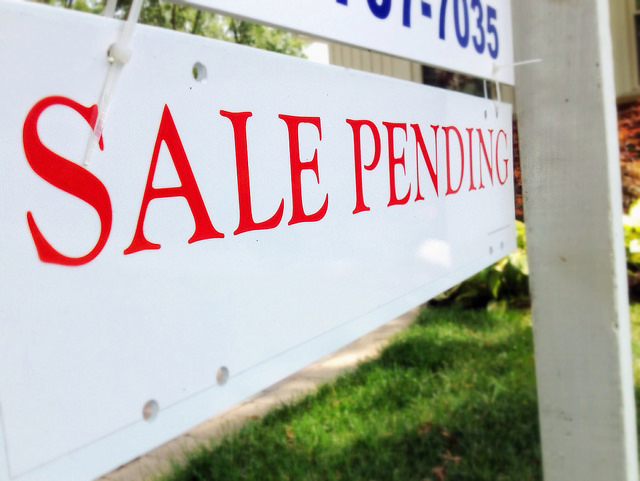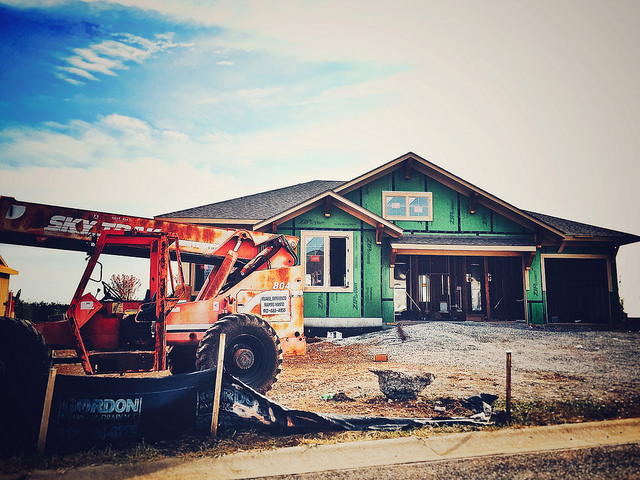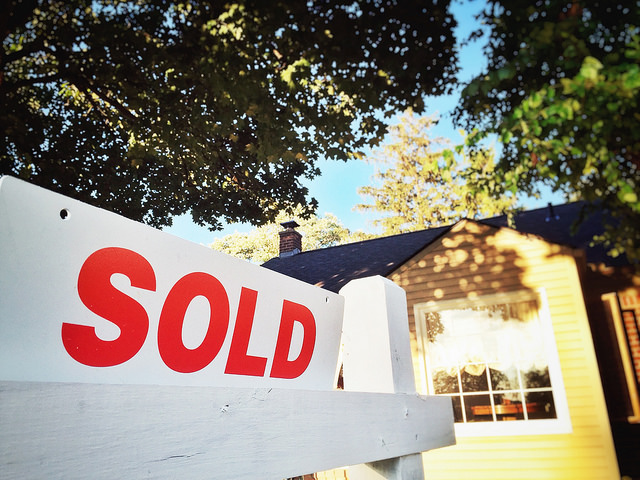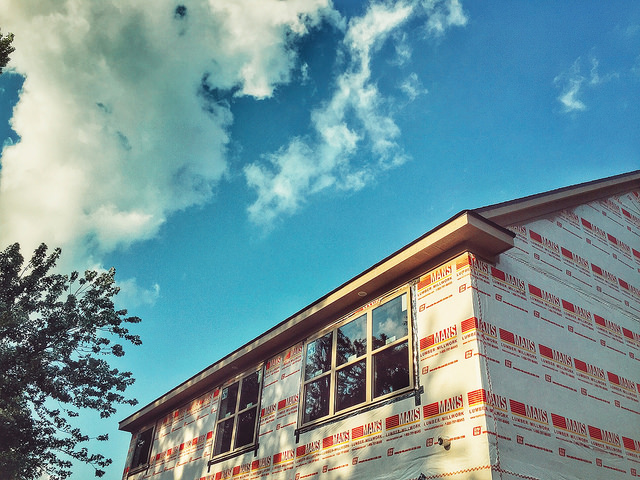The National Association of Realtors’ Pending Home Sales Index measures the number of contracts to buy homes that were signed during the month. Because it measures signings and not closings, the index is considered a good indication of what home sales will do in the coming months. In September, pending home sales fell 2.3 percent. It was the second straight month contract signings declined. Lawrence Yun, NAR’s chief economist, said there are many reasons contributing to September’s dip in activity. “There continues to be a dearth of available listings in the lower end of the market for first-time buyers, and Realtors in many areas are reporting stronger competition than what’s normal this time of year because of stubbornly low inventory conditions,†Yun said. “Additionally, the rockiness in the financial markets at the end of the summer and signs of a slowing U.S. economy may be causing some prospective buyers to take a wait-and-see approach.†But despite slowing sales and low inventory levels, the number of contracts signed in September was still 3 percent above last year’s level and pending sales have now increased year-over-year for 13 straight months. And, according to Yun, housing demand should remain strong for the foreseeable future due, in part, to lower-than-normal mortgage rates, rents near 8-year highs, and continuing gains in the job market. More here.












